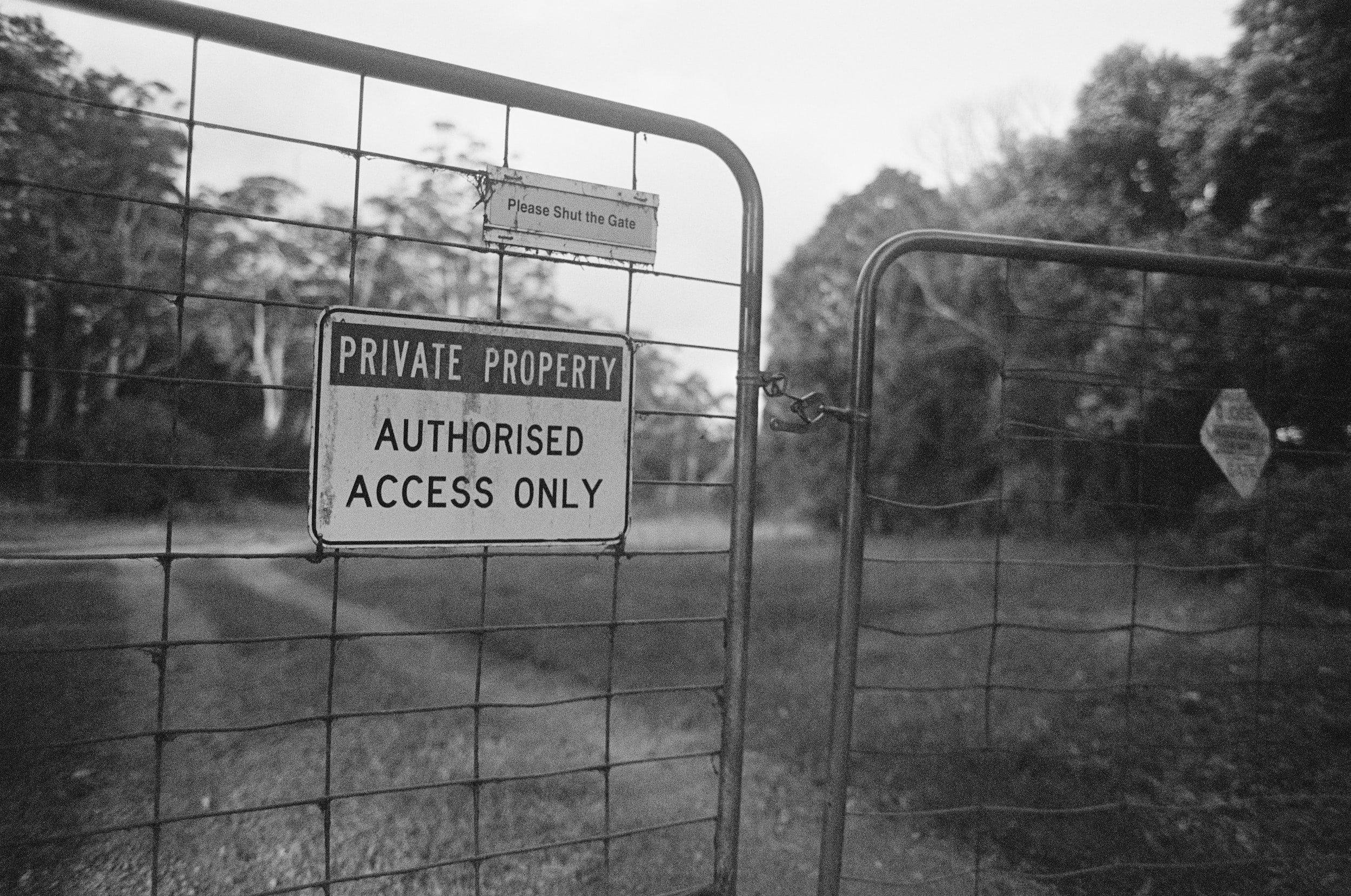How do I put Boundaries in place?
Boundaries - the art of setting personal limits
A boundary is set up for usually two reasons, to keep something or someone out or to keep something or someone in. We all create boundaries in life. Some boundaries are rigid and some are flexible. Some are known and some are not. We unconsciously put limits on ourselves every day, but the more difficult task is to establish your boundaries with others.
You are the gatekeeper
Learning how to implement boundaries in your life takes time, and a bit of trial and error especially if you are not used to having boundaries. There are many aspects to boundaries, from moral and value-based boundaries to personal respect and etiquette. The first step is to know what boundaries you want to establish. Moral boundaries can usually be recognized fairly quickly. These boundaries usually have the backup of culture, religion, and society, so are much easier to establish. The boundaries that are sometimes harder to put in place are the boundaries that indicate to people how we wish to be treated and what is acceptable and unacceptable behavior towards us.
How many times do we say YES when we really want to say NO, and why is that?
You know the feeling, most people do. If someone asks you to do something, or go somewhere, you want to say no, you are going to say no but tumbling out of your mouth comes Yes. It is part of our humanity that we want to be liked and accepted by others. The problem is when we do things in a response to a fear of not being liked or not being accepted. When we put our own values, comfort, and desires on the back burner, so that others will like us or accept us begins the unconscious reinforcement that we are unlikable or unacceptable therefore we have to work harder at keeping relationships. Freedom from this negative self-criticism comes when we start to value ourselves and speak up for ourselves.
Be your own Best Friend
If someone treated your best friend in a way that was taking advantage of them or ridiculing, dismissing, and generally being unkind to them, wouldn’t you speak up for them? If you see someone being mistreated or silenced, don’t we all recognize something is wrong here? Yet, when it comes to ourselves, we make excuses and sometimes allow others to define who we are and what we think. We can’t see what is evident to others because we look through smudged lenses.
Seeing Clearly
So what can we do to see ourselves more clearly and to determine what boundaries we want to have in place?
Identify Your Needs: Take some time to reflect on your needs, values, and priorities. What makes you feel comfortable and respected? What are your deal-breakers?
Communicate Clearly: When setting boundaries, be clear, direct, and assertive. Use "I" statements to express your needs and feelings without blaming or accusing others.
Be Firm: It's essential to be firm and consistent when enforcing your boundaries. Don't be afraid to say no or walk away from situations that violate your boundaries.
Practice Self-Care: Setting boundaries is an ongoing process that requires self-care and self-awareness. Take care of yourself physically, emotionally, and mentally, and prioritize activities that nourish and replenish you.
Respect Others' Boundaries: Just as you have boundaries, others have them too. Respect their boundaries and communicate openly and respectfully when negotiating shared boundaries.
Setting boundaries is an act of empowerment and self-care. By establishing clear and healthy boundaries, you can protect your well-being, cultivate healthy relationships, and live authentically and confidently. Remember that setting boundaries is a skill that takes practice, so be patient with yourself as you navigate this journey of self-discovery and self-assertion.




